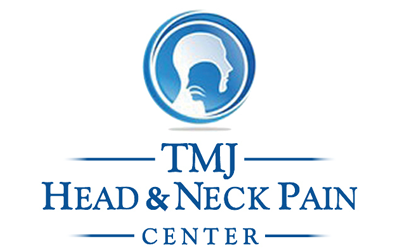- Schedule an Appointment Today
- (310) 231-5100
- drjelisha@gmail.com
What Every Person Living With TMJ/TMD Should Know
Understanding TMJ and Its Treatment Options
December 20, 2019Methods to Eliminate TMJ Los Angeles
December 20, 2019Symptoms of TMD can be frustrating to live with, and TMD pain can affect various aspects of your life. Contacting a TMD doctor at Michigan Head & Neck Institute can be a helpful first step in treating your symptoms. Learning about this common condition can also help you determine how to manage your daily life with the condition.
What Is TMJ/TMD?
Temporomandibular joint disorder is generally called TMJ (the lower jaw is the Mandible which hinges in a Joint close to the Temple) or TMD (which is a disorder of TMJ), it also affects muscles ligaments and tendons that connect to the jaws and head and neck regions. The condition is defined by pain and inflammation in the joint that connects the skull and jawbone and often to muscles in the jaw, head and neck. The cause of TMD can vary from person to person. Gritting or grinding one’s teeth, which often happens while a person sleeps, can cause TMD to occur. Trauma to the jaw can result in TMD, and whiplash and other types of trauma to the neck can also cause TMD. Additionally, conditions that affect the joints, such as arthritis, can increase the likelihood of TMD occurring. However, in some cases, TMD doesn’t have a particular known cause.
What Are Common TMJ/TMD Symptoms?
There are a variety of symptoms that often accompany TMJ. Some of the most common symptoms of TMJ include, but are not limited to:
- Pain and tenderness in the jaw area
- Difficulty closing your mouth or feeling as if your jaw is “locked”
- Pain in your ear, neck or eye
- A clicking or popping noise when one opens their mouth
- Trouble chewing foods
- Headaches
- Loss of hearing
- Sensitive to noise
- Ear congestion
- Dizziness
- Blurred vision
- Tears without crying
- Pressure around the eyes
- Ringing in the ears
- Sensitivity to light
Will TMJ/TMD Go Away On Its Own?
Some conditions don’t require medical intervention and resolve on their own. However, TMD rarely is resolved without treatment. Since TMD involves muscles, joints and tendons, and can cause a variety of symptoms, specialized treatment is often necessary to manage all aspects of the condition. Avoiding treatment or waiting for the condition to resolve on its own for an extended period of time generally only results in more pain and little relief. Attempting to treat symptoms of TMJ on your own can also cause the pain associated with the condition to worsen and damage to the joint may result.
Who Treats TMJ/TMD?
Two people with TMJ may not experience the exact same symptoms, which is why it’s often important to seek out individualized treatment. In order to know the best way to manage your specific symptoms, it can be helpful to contact a TMJ doctor. However, there are various types of doctors that can treat TMJ. Often, an ENT (ear, nose and throat) doctor or a doctor who specializes in pain management can help to treat TMJ. Dentists are also often involved in the treatment of TMJ and can provide patients with further recommendations about their condition. Dentists are the professionals well trained in fabricating an orthotic (mouthpiece) that can relieve pressure in a pathological TM Joint.
How Is TMJ/TMD Treated?
There are several common ways TMD is treated. If teeth grinding exists, using a mouth guard, especially while a person sleeps, can help to protect the teeth. A TMD orthotic is different than a bruxism appliance, one of it’s important purposes is to protect the TM Joints and position them properly. Physical therapy can also be a useful way to lessen symptoms of TMD. Physical therapists can use a variety of tools to treat TMD, including massage, tens, E-stim, laser, heat and other pain-relieving treatments. When TMD is first diagnosed or if a patient is experiencing a flare-up of their symptoms, some professionals also might recommend avoiding known triggers, which can mean avoiding foods that are tough to chew for a short period of time or stress management in order to decrease the strain on the patient’s jaw. If other methods of treatment have been ineffective, muscle trigger point injections can help to decrease the lactic acid build up in the chewing muscles and offer patients relief while increasing healing potential.
Understanding TMD symptoms and treatment options can be useful to patients, and receiving specialized treatments for the condition can help to drastically improve your life. If you suspect you have TMD or have previously been diagnosed with the condition and need help managing your symptoms, please contact your Los Angeles TMJ Doctor.
